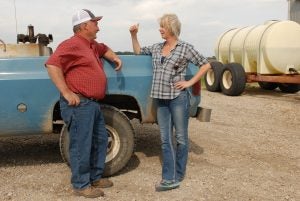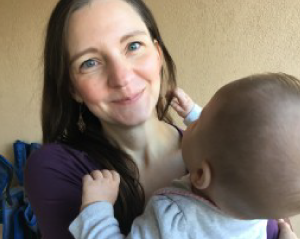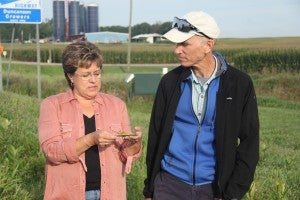 Yesterday, U.S. Department of Agriculture Secretary Sonny Perdue announced a massive reorganization of the agency. Among other changes, the Secretary plans to create a new Undersecretary for Farm Production and Conservation to oversee the Farm Service Agency (FSA), the Risk Management Agency (RMA), and the Natural Resources Conservation Service (NRCS). Previously, NRCS reported to the Undersecretary of Natural Resources and the Environment, and both RMA and FSA reported to the Under Secretary for Farm and Foreign Agricultural Services.
Yesterday, U.S. Department of Agriculture Secretary Sonny Perdue announced a massive reorganization of the agency. Among other changes, the Secretary plans to create a new Undersecretary for Farm Production and Conservation to oversee the Farm Service Agency (FSA), the Risk Management Agency (RMA), and the Natural Resources Conservation Service (NRCS). Previously, NRCS reported to the Undersecretary of Natural Resources and the Environment, and both RMA and FSA reported to the Under Secretary for Farm and Foreign Agricultural Services.
On the surface, combining conservation and farm productivity programs makes sense, since sustainability is almost always good for a producer’s bottom line. Reducing duplication and bureaucracy between these agencies could streamline efforts to implement conservation practices while protecting farmers’ incomes. However, a lot remains to be seen and will depend on who fills the Undersecretary position.
No matter who fills that role, Conservation Technical Assistance (CTA) funding and outreach should remain a top priority under the new organization. Here’s why. Read More










 Despite growing up without any real interest in conservation or farming, I now spend every working day knee deep in agricultural policy – and I love it.
Despite growing up without any real interest in conservation or farming, I now spend every working day knee deep in agricultural policy – and I love it.

 Data science in farm management is one of the biggest trends to hit both agriculture and Silicon Valley in recent years, with an explosion of technologies emerging to help farmers optimize everything from seeding to irrigation to fertilizer application.
Data science in farm management is one of the biggest trends to hit both agriculture and Silicon Valley in recent years, with an explosion of technologies emerging to help farmers optimize everything from seeding to irrigation to fertilizer application. Like all Americans, I woke up on November 9 to a new reality: A few more Democrats in Congress, and yes, a President-elect who promised to dismantle our nation’s core environmental protections.
Like all Americans, I woke up on November 9 to a new reality: A few more Democrats in Congress, and yes, a President-elect who promised to dismantle our nation’s core environmental protections. Many of us spend a considerable amount of time thinking about food – whether it’s deciding what’s for dinner or how healthy something is for our family. Given that I work on food sustainability and am married to a chef, I spend an even more extreme amount of time thinking about food.
Many of us spend a considerable amount of time thinking about food – whether it’s deciding what’s for dinner or how healthy something is for our family. Given that I work on food sustainability and am married to a chef, I spend an even more extreme amount of time thinking about food. Journalist Michael Pollan deserves credit for elevating the national conversation about food. Over the course of 25 years, his articles and books have thoughtfully contemplated the troubling side effects of the American diet and the way our food is produced.
Journalist Michael Pollan deserves credit for elevating the national conversation about food. Over the course of 25 years, his articles and books have thoughtfully contemplated the troubling side effects of the American diet and the way our food is produced.
